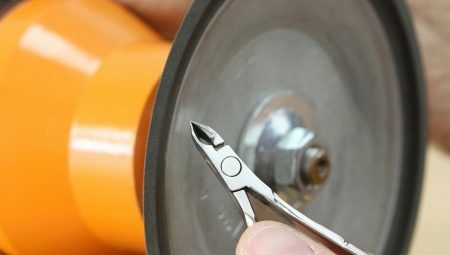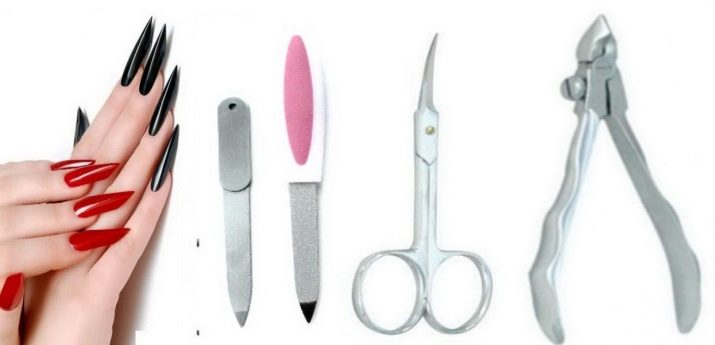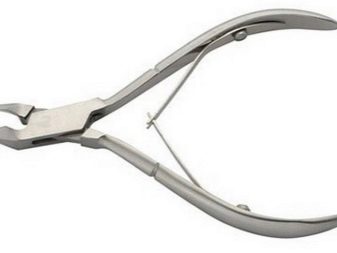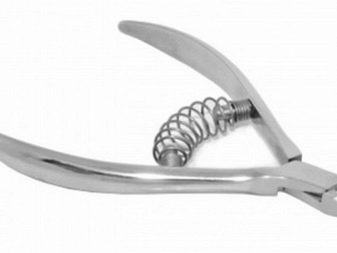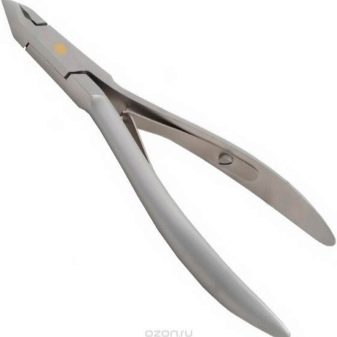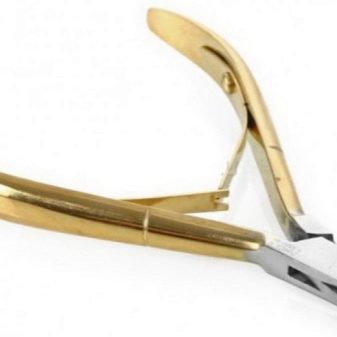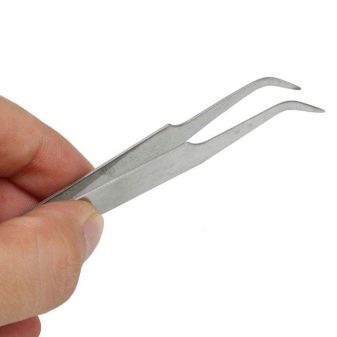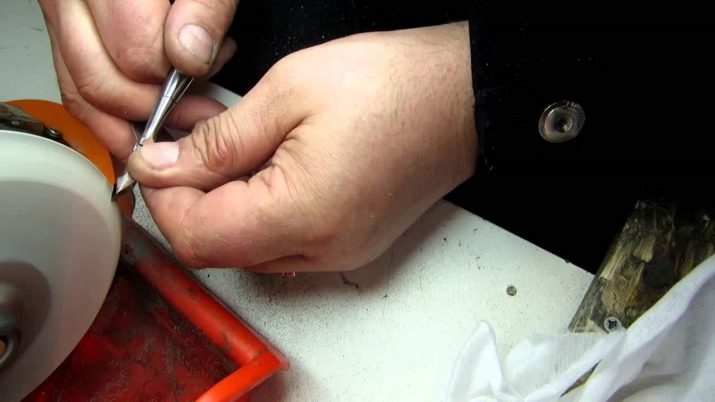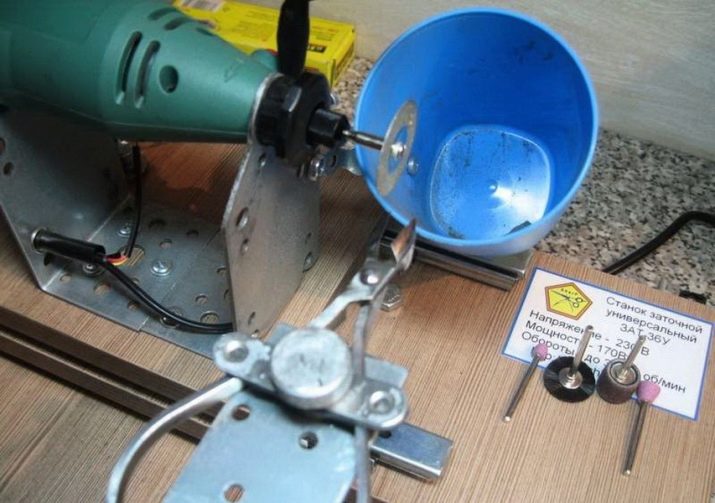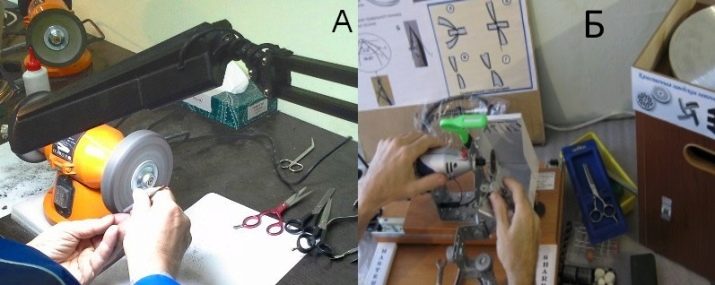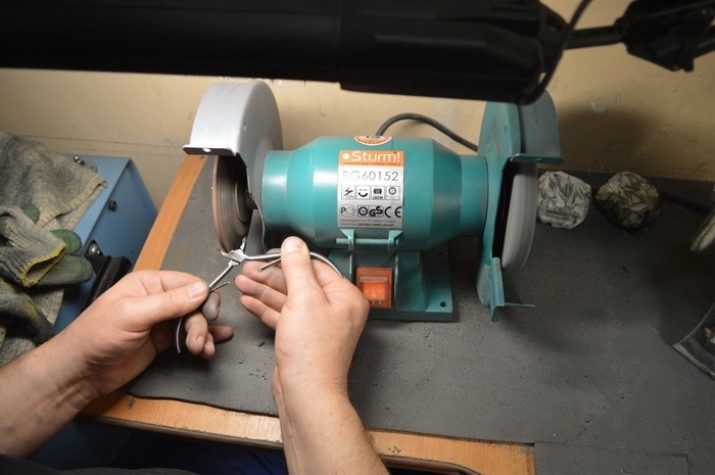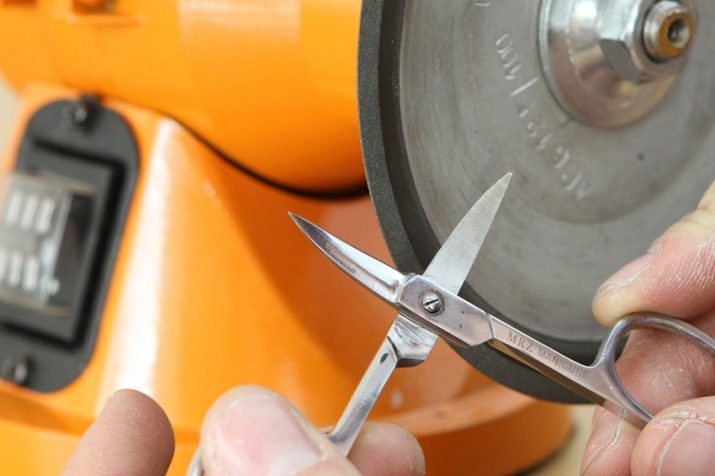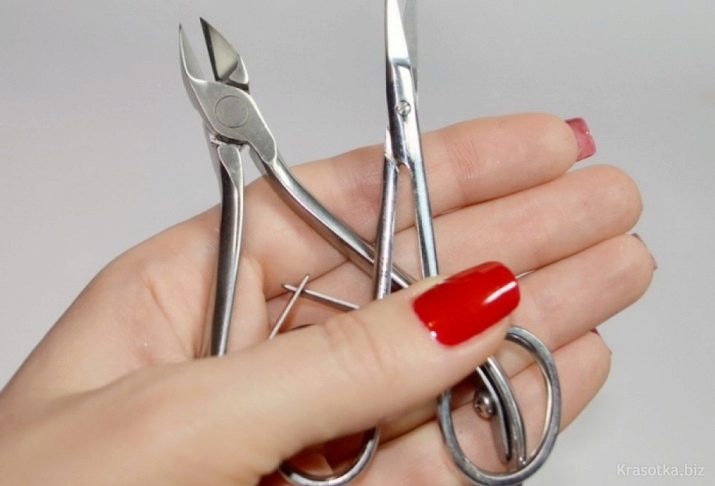For centuries, women have paid special attention to the nails. Every woman, like any wizard, has a set of special tools that help create the perfect manicure. Few people know, but because of how well sharpened the tools depends on the quality of the work. Sharpening need not only tools already used, but also completely new. However, it is not always possible to afford sharpening with a professional, then improvised means come to the rescue. This article is worth considering how to hone manicure tools at home.
Tools that need sharpening
Manicure Forceps
Nippers for manicure is a peculiar replacement to scissors for manicure. They are also used for shortening nails with a rigid nail plate. Nippers differ from nippers by the sizes, a form of capture and an expanded edge. Choosing nail forceps, you should pay attention to a few details.
- The quality of the material. The tongs must be made of stainless steel. This is necessary so that during prolonged contact with water they will not deteriorate. It is advisable to give preference to well-known well-known manufacturers.
- Ideal cutting surface. In no case do not buy tongs with openings, even the smallest. This suggests a wrong sharpening tool.
- Working process. It should not be too tight and too loose, because the quality of work is reduced, and there is a danger of injury. For example, with a sharp rebound handles easily hurt.
- Sharpening The cutting surface must be perfectly sharpened. Check sharpening possible on a thin sheet of paper.
Cuticle nippers
Nippers are a manicure tool that removes excess cuticle that protects nails from injuries and various harmful bacteria. That is why not only the appearance, but also the health of the nails depends on a properly cut cuticle. Therefore, when choosing a pliers need to consider a few points.
- As already emphasized in the description for tongs, the most important attribute is the material from which they are made. The most practical models are made by special technology of medical stainless steel. They can also be distinguished from other models visually: they have a matte finish. And also, such models are more resistant to moisture and other external factors, which contributes to an increase in service life.
- Of great importance is the cutting surface. Nippers in no case should cling, scratch, pull the delicate skin of the cuticle. Buying wire cutters, you can check the sharpness on a piece of polyethylene.
- It is very important that the nippers have a convenient location in the hand. In addition to size, springs play an important role. To date, there are three types of springs for nippers: single, double and spiral. Here the type of springs does not play a special role, the main thing is that you feel comfortable working with them.
Important! Nippers must pass the disinfection process after each use.
Tweezers
Tweezers are a tool for manipulating small objects or elements that you don’t want to touch. Tweezers are used in various fields of activity: in medicine, when working with tiny items, such as repairing watches, washing gold, collecting rare things, in cosmetology.Further tweezers will be considered as a tool for cosmetic manipulations. It has several characteristic features.
- Material. To date, there are two types of tweezers: plastic and metal. Separately, you can still highlight such a variety as automatic tweezers. According to numerous polls, the fair sex gives preference to the metal variant, referring to the fact that it is more durable.
- The form. The shape of the tweezers can be divided into standard and "scissors". The standard model is the usual version consisting of two plates welded at the top. Model "scissors" got its name from nail scissors, since they are very similar in appearance. Unfortunately, this model is not particularly in demand. Many simply can not adapt to it.
- Working surface. There are such options for work surfaces as:
- direct - to work with wide surfaces;
- beveled - great for work, for example, for removing single hairs;
- needle-shaped - it is used most often in cosmetology and medicine, but sometimes it is used also by manicurists, it is suitable for seating stones on nails.
Ways
A good master can be determined not only by the work performed, but also by the state of the tools, namely the sharpening. After all, the stowed tool allows the master to perform his work efficiently and reduces the risk of injuring the client to a minimum. To grind down the tools in two ways: give it to a professional or grind off yourself. Sometimes it is impossible to contact a professional grinder for lack of time, trust or money, since the procedure is not the cheapest. In this case, you can try to sharpen the tools at home.
What is needed?
If, nevertheless, a decision has been made to self-sharpen tools, then it is worth preparing for the process. For a start, it is recommended to try on something else, so as not to spoil your favorite tools. For sharpening at home you may need the following items:
- machine with a circle of diamond spraying;
- felt napkins;
- polishing stones 12000 grit;
- whetstone;
- if there is no time or desire to mess with all this, you can try a diamond-coated needle; A knitting needle with the finest abrasiveness is suitable for homework;
- sandpaper.
How to grind at home?
Sharpening tools at home includes the following steps:
- Before sharpening, it is necessary to unscrew all the screws, which will avoid damage, and also facilitate your work;
- with the machine you need to work at minimum speed;
- Remember that polishing and grinding can not do without each other;
- it is undesirable to use bars for polishing with abrasive less than recommended (less than 8 thousand grit), since this threatens to malfunction of the tool;
- You should be aware that any tool has its own honing angle, so with a manual glue there is a possibility that the cutting function will be damaged if the correct angle is not observed;
- if you need to sharpen the corners of tweezers, you must be extremely careful, as one awkward movement and cutting edge can change, which will lead to the unsuitability of the tool;
- do not forget about your own security; Mask, goggles, gloves - this is the minimum set that you should provide for yourself when working with tools at home.
It is worthwhile to consider an exemplary plan of action for stitching nail scissors at home, which includes the following actions:
- inspect the scissors - preferably unscrew it to make it easier to work;
- turn on the diamond-coated circle for minimum speed, walk the cutting part in a circle strictly in one direction, repeat the procedure again and wipe the blade;
- to collect scissors, to grind edges of scissors in assembled form;
- Polish the cutting surface with a polishing stick or cloth.
Other tools are also refined in a similar way. And to polish the tweezers, you need sandpaper. To do this, hold the sharp part of the tweezers on sandpaper on both sides, then hold polishing cloths to smooth out too sharp edges, sanitize, and all - you can safely use. Having completed all the necessary manipulations, you need to check the quality of the work performed. This can be determined in the following ways:
- make sure that the edges of the forceps, nippers are smooth and even;
- make sure that there is no gap between the cutting parts;
- pull the tool in your hand and make sure that all the screws are well screwed.
Useful tips
To serve your favorite tools as long as possible, The following rules should be followed:
- use tools only for their intended purpose;
- monitor the state of the cutting surface, if necessary, grind off;
- disinfect after each use;
- Do not store tools in places with high humidity;
- Store tools in special cases or in silicone nozzles.
Important! Keep tools in places out of reach of children.
On how to sharpen tools for manicure at home, see the following video.
